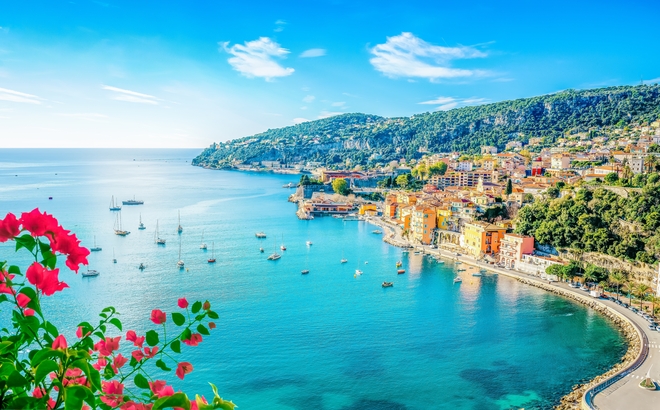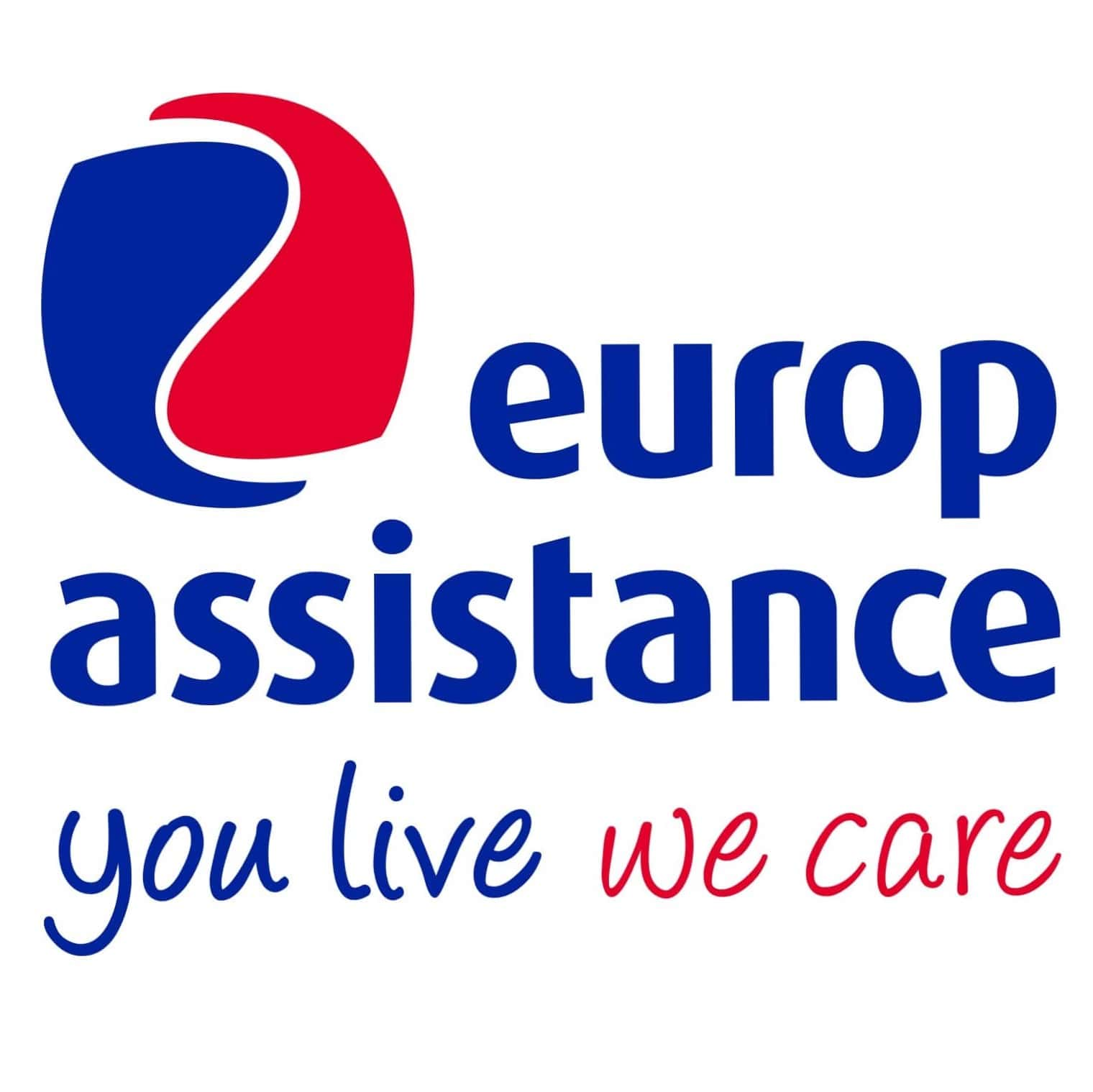French Riviera Côte d'Azur

Nestled between the sea and mountains, the Côte d'Azur (also known as the French Riviera) embodies the Mediterranean summer dream. Bathed in sunlight, bordered by turquoise waters, and dotted with picturesque villages, this region in the south of France captivates with its elegance, relaxed lifestyle, and rich cultural heritage. From Nice to Saint-Tropez, including the scenic hinterlands, discover the French Riviera and our tips for a stress-free journey.
Why is it called the French Riviera?
The term "French Riviera" likely originated in the 18th century, coined by British travelers who flocked to the region seeking winter sun and a mild climate. Inspired by the famous Italian Riviera, the name is widely used internationally to refer to the Côte d'Azur and evokes the glamorous, cosmopolitan image the destination holds worldwide. What is the difference between the French Riviera and the Côte d'Azur?
The French Riviera and the Côte d’Azur refer to the same geographical region. "Côte d’Azur" is the official French name, while "French Riviera" has become the internationally recognized term.
Is Monaco part of the French Riviera?
Yes, although Monaco is an independent state, it is culturally and geographically associated with the French Riviera. Located between Nice and Menton, the Principality attracts numerous visitors each year thanks to its legendary casino, marina, luxury hotels, and its iconic Formula 1 Grand Prix.
Which cities are part of the French Riviera?
The French Riviera stretches from Cassis in the west to Menton on the Italian border. The most iconic cities include Nice, Antibes, Cannes, Saint-Tropez, Menton, and charming villages such as Èze, Saint-Paul-de-Vence, and Ramatuelle. Here's our selection, from west to east:
Saint-Tropez: Between Myth and Authenticity
An icon of the international jet set, Saint-Tropez has managed to preserve a certain Provençal charm. Strolling along the old port, you’ll find traditional fishing boats, lively terraces, and colorful alleyways. Place des Lices still hosts pétanque matches under the plane trees. For beach time, head to Pampelonne Beach, famous for its chic beach clubs, or explore the more secluded coves around Cap Taillat.
Unique experience in Saint-Tropez: Tour the vineyards of the Gulf of Saint-Tropez aboard a legendary 2CV car, accompanied by a driver-guide, and sample local wines.
Cannes: Glamour and Palm Trees
Best known for its film festival, Cannes offers much more than the red carpet. Enjoy beautiful beaches, the elegant Croisette promenade lined with palatial hotels, and the charming old quarter of Le Suquet, perched on a hill. Just offshore, the Lérins Islands invite you to hike, picnic, and swim in crystal-clear coves, only 15 minutes by boat.
Unique experience in Cannes: Dive into the Mediterranean off Sainte-Marguerite Island to discover six monumental underwater sculptures created by British artist Jason deCaires Taylor — suitable for both beginner and experienced divers.
Antibes and Juan-les-Pins: Art, Pine Forests, and Beaches
Just a few kilometers from Nice, Antibes offers a more intimate atmosphere. Surrounded by ramparts, the old town is filled with cobbled streets, a lively Provençal market, and the Picasso Museum, housed in a seaside castle. Nearby Juan-les-Pins appeals to beach and music lovers, perfect for alternating between lazy beach days and lively nights.
Unique experience in Juan-les-Pins: Attend the famous “Jazz à Juan” festival. Since 1960, it has welcomed top musicians from around the world in a stunning open-air setting. Dates: early July.
Nice: The Capital of the French Riviera
Often called the unofficial capital of the Côte d’Azur, Nice instantly charms with its Promenade des Anglais ("the Prom"), colorful markets, and a unique blend of French and Italian influences. Wander through the Old Town with its narrow streets, ochre façades, and the mouthwatering smell of socca (chickpea pancake). Highlights include the Matisse Museum, Castle Hill Park, and the seafront.
Unique experience in Nice: Explore Nice with the Nice Greeters — passionate locals offering free, personalized walking tours to share their hidden gems and historical anecdotes.
Èze: The Rural Side of the French Riviera
Beyond the coastline, the French Riviera reveals a more rustic and equally charming side. In Èze, a medieval hilltop village, you can lose yourself in its cobblestone streets, art galleries, and artisan shops. Hikers will love the views from the exotic garden and the Nietzsche Trail leading down to the coast. Nearby, the Grande Corniche Park invites you to immerse yourself in pristine natural landscapes.
Unique experience in Èze: Learn the secrets of perfume and cosmetic making with a guided tour of the Fragonard Laboratory, and create your own fragrance at the "Flower of the Year" olfactory workshop.
Menton and the Italian Border: A Sunny Sweetness
At the eastern tip of the Côte d’Azur, Menton boasts a peaceful, colorful atmosphere. Famous for its exotic gardens and Lemon Festival, the town enjoys a mild microclimate year-round. Its ochre-toned buildings, quiet beaches, and Mediterranean feel make it an ideal destination for those seeking tranquility.
Unique experience from Menton: Take off on a paragliding flight from Roquebrune-Cap-Martin for breathtaking views of the sea and mountains.
Practical Tips for Exploring the French Riviera
When is the best time to visit the French Riviera?
From May to September, the climate is perfect: sunshine, warm sea, and a lively summer atmosphere. June and September are ideal for great weather with smaller crowds.
How to get around the French Riviera?
The train runs along the coast, connecting the major cities conveniently. However, renting a car can be useful for visiting smaller villages.
How long should you stay on the French Riviera?
Plan for at least 10 days to fully explore the must-see attractions, combining beach relaxation, cultural visits, and trips into the hinterland.
What visa do you need for a trip to France?
EU citizens do not need a visa to enter France — a valid passport or ID card is sufficient. Non-EU travelers usually need a Schengen visa depending on their country of origin. Need a Schengen visa? Check the French consulate website to start your application. No visa required? You can travel freely with a valid passport issued less than 10 years ago and valid for at least three months beyond your departure date. Starting November 2025, travelers will also need to apply for ETIAS travel authorization.
What travel insurance do you need for a holiday on the French Riviera?
Choose reliable travel insurance when applying for a visa or when crossing borders, with Europ Assistance’s Schengen Visa Insurance Recognized and accepted by Schengen embassies and consulates worldwide, it provides medical coverage up to €60,000 for illness or accidents, along with other benefits.
